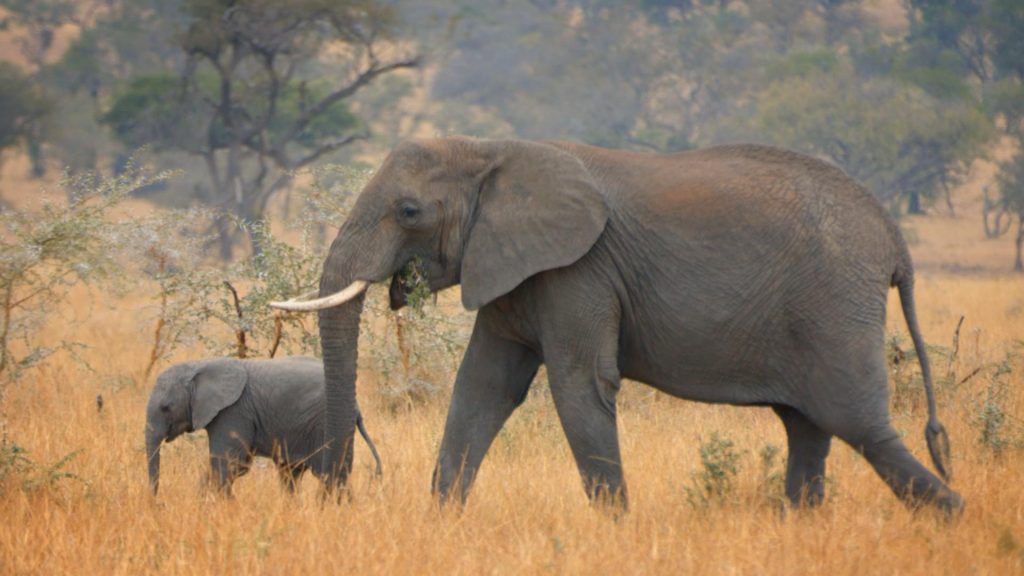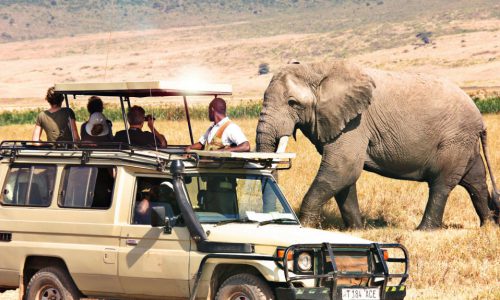Elephant poaching crisis in Tanzania took place from the year 2006 to the year 2014. During the six years of brutal killings that took place all over the country in almost every national park, game reserves and controlled game areas.
Poachers never had time to choose which elephant to kill and live, they killed an elephant that was seen in front of them. With a well-organized wildlife criminal syndicates that walked all over wild protected areas, elephants had no hope of tomorrow, carcasses of dead elephants were all over the parks. Some were killed due to human-elephant conflicts because elephants were trying to stick out of the park looking for safer grounds but poachers didn’t have mercy.
In southern Tanzania, ruaha national Park and selous game reserve were the most highly effected to the point where almost 30 dead elephants were seen everyday on the ground.
Other national Parks effected were mikumi national Park, mkomazi national Park, tarangire national Park, manyara national Park, ngorongoro and Serengeti parks.
In total Tanzania lost over 80,000 elephants in those six years that’s 60% of it’s elephants poached. By the end of the year 2014 Tanzania was left with 44,000 out of 100,000 plus elephants that were previously seen walking within the Tanzanian wild lands.
Mostly, causes of high elephant poaching rates were brought up by the following:-
1.poverty
2.Corruption in the government
3.Luck of well trained wildlife protectors/ officials from the government.
4. Cooperation with few corrupted national Park chiefs that gave a way on for poachers to spot good locations while hunting elephants.
5. Bribes.
Later in late 2015, a new regime took place in Tanzania and president Magufuli took office and promised to end the poaching. He came up with a strong plan of protecting all wildlife in the country, and since then elephants bigen to increase in numbers slowly.
So with all the brutal killings that took place in the year 2009-2014. AFeWiS was later formed in 2016 January by then called Arusha Ivory free campaign club with a purpose to speak against the elephant killings and research on what really happened and find proper ways to advise the government.
AFeWiS played a part in researching the death of captain Roger Gower by early 2017, a British pilot who was following a group of poachers while flying a helicopter and got murdered with a gun shot from poachers on the ground at maswa game reserve in simiyu region by then and AFeWiS managed to report on the findings.
Since then AFeWiS has dedicated it’s efforts to protect elephants in all possible ways fighting against human elephant conflicts. Currently protecting elephants at the Arusha national Park since April 2019 building beehive fences to stop elephants encroaching farm lands adjacent to the park. Elephants cross the park and destroy food crops like maize,beans, banana plantations and so forth. This leads to elephants been poached, killed or poisoned by farm owners or elephants killing the farmers. So the beehive fence helps in chasing elephants away. The elephants can’t afford fighting with bee’s so they turn back. The beehive fences are mounted adjacent to all farms that are side by side with the park.
Currently the elephant Numbers at the Arusha national Park keep on thriving well because of the beehive fences protecting two villages and and four gate ways in and out of the park at that particular area.
AFeWiS has a team of dedicated workers all youth having one acord.
So, welcome and have a look on how we Mount beehive fences, a natural,simple and proven way of protecting elephants from conflicts.




